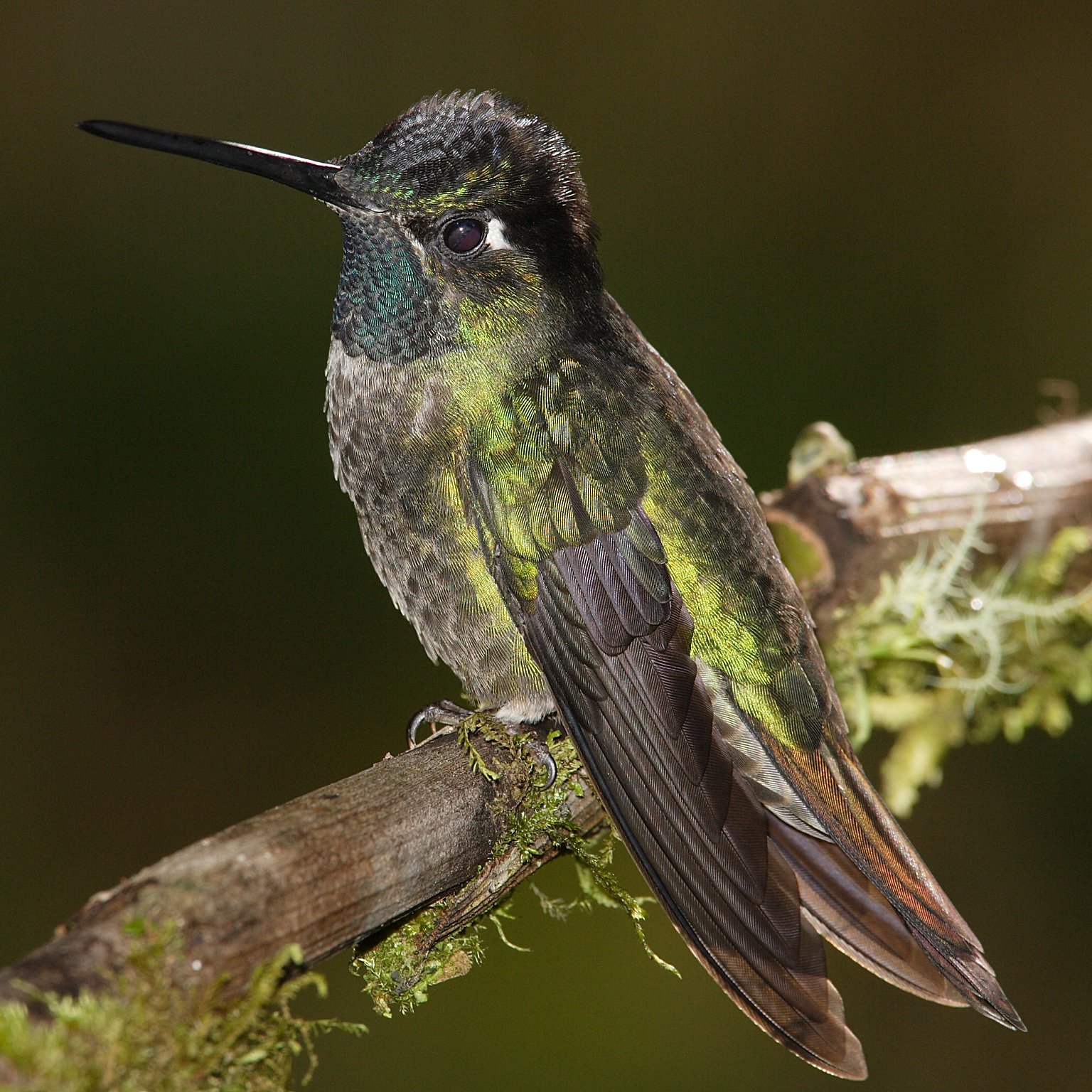|
Ruellia Formosa
''Ruellia formosa'' is a plant native to the Cerrado vegetation of Brazil, which is usually used like an ornamental plant, and it is pollinated by hummingbirds. Large scarlet-red blooms on & off from spring until first frost. Can take full sun with adequate moisture like in a tropical location but best in shade. Generally deer-resistant. References La Rue, Carl D. ''Intumescences on Poplar Leaves. I. Structure and Development'' merican Journal of Botany Vol. 20, No. 1 (Jan., 1933), pp. 1–17 External links Missouri Botanical Garden: illustration of ''Ruellia formosa'' SysTax: ''Ruellia formosa'' formosa Taiwan, officially the Republic of China (ROC), is an island country located in East Asia. The main island of Taiwan, formerly known in the Western political circles, press and literature as Formosa, makes up 99% of the land area of the territori ... Flora of Brazil Plants described in 1813 {{Acanthaceae-stub ... [...More Info...] [...Related Items...] OR: [Wikipedia] [Google] [Baidu] |
Henry Cranke Andrews
Henry Cranke Andrews (fl. 1794 – 1830), was an English botanist, botanical artist and engraver. As he always published as Henry C. Andrews, and due to difficulty finding records, the C. was often referred to as Charles, until a record of his marriage registration was found in 2017. He lived in Knightsbridge, and was married to Anne Kennedy, the daughter of John Kennedy of Hammersmith, a nurseryman who assisted Andrews in the descriptions of the plants he illustrated. He was an accomplished and unusual botanical artist, in that he was not only the artist but also the engraver, colourist, and publisher of his books in an era when most artists were only employed to draw plates. The ''Botanist's Repository'' was his first publication; issued serially in London in ten volumes between 1797 and 1812, the ''Repository'' at a half-crown an issue, provided affordable images of plants to the growing population of amateur gardeners in Britain. This was the first serious rival to the ... [...More Info...] [...Related Items...] OR: [Wikipedia] [Google] [Baidu] |
Plant
Plants are predominantly Photosynthesis, photosynthetic eukaryotes of the Kingdom (biology), kingdom Plantae. Historically, the plant kingdom encompassed all living things that were not animals, and included algae and fungi; however, all current definitions of Plantae exclude the fungi and some algae, as well as the prokaryotes (the archaea and bacteria). By one definition, plants form the clade Viridiplantae (Latin name for "green plants") which is sister of the Glaucophyte, Glaucophyta, and consists of the green algae and Embryophyte, Embryophyta (land plants). The latter includes the flowering plants, conifers and other gymnosperms, ferns and Fern ally, their allies, hornworts, liverworts, and mosses. Most plants are multicellular organisms. Green plants obtain most of their energy from sunlight via photosynthesis by primary chloroplasts that are derived from endosymbiosis with cyanobacteria. Their chloroplasts contain chlorophylls a and b, which gives them their green colo ... [...More Info...] [...Related Items...] OR: [Wikipedia] [Google] [Baidu] |
Cerrado
The ''Cerrado'' (, ) is a vast ecoregion of tropical savanna in eastern Brazil, particularly in the states of Goiás, Mato Grosso do Sul, Mato Grosso, Tocantins, Minas Gerais, and the Federal District. The core areas of the Cerrado biome are the Brazilian highlands – the ''Planalto''. The main habitat types of the Cerrado consist of forest savanna, wooded savanna, park savanna and gramineous-woody savanna. The ''Cerrado'' also includes savanna wetlands and gallery forests. The second largest of Brazil's major habitat types, after the Amazonian rainforest, the Cerrado accounts for a full 21 percent of the country's land area (extending marginally into Paraguay and Bolivia). The first detailed European account of the Brazilian cerrados was provided by Danish botanist Eugenius Warming (1892) in the book ''Lagoa Santa'', : The above is the original. There are other, later French and Portuguese translations not listed here. in which he describes the main features of th ... [...More Info...] [...Related Items...] OR: [Wikipedia] [Google] [Baidu] |
Vegetation
Vegetation is an assemblage of plant species and the ground cover they provide. It is a general term, without specific reference to particular taxa, life forms, structure, spatial extent, or any other specific botanical or geographic characteristics. It is broader than the term ''flora'' which refers to species composition. Perhaps the closest synonym is plant community, but ''vegetation'' can, and often does, refer to a wider range of spatial scales than that term does, including scales as large as the global. Primeval redwood forests, coastal mangrove stands, sphagnum bogs, desert soil crusts, roadside weed patches, wheat fields, cultivated gardens and lawns; all are encompassed by the term ''vegetation''. The vegetation type is defined by characteristic dominant species, or a common aspect of the assemblage, such as an elevation range or environmental commonality. The contemporary use of ''vegetation'' approximates that of ecologist Frederic Clements' term earth cov ... [...More Info...] [...Related Items...] OR: [Wikipedia] [Google] [Baidu] |
Brazil
Brazil ( pt, Brasil; ), officially the Federative Republic of Brazil (Portuguese: ), is the largest country in both South America and Latin America. At and with over 217 million people, Brazil is the world's fifth-largest country by area and the seventh most populous. Its capital is Brasília, and its most populous city is São Paulo. The federation is composed of the union of the 26 states and the Federal District. It is the largest country to have Portuguese as an official language and the only one in the Americas; one of the most multicultural and ethnically diverse nations, due to over a century of mass immigration from around the world; and the most populous Roman Catholic-majority country. Bounded by the Atlantic Ocean on the east, Brazil has a coastline of . It borders all other countries and territories in South America except Ecuador and Chile and covers roughly half of the continent's land area. Its Amazon basin includes a vast tropical forest, ho ... [...More Info...] [...Related Items...] OR: [Wikipedia] [Google] [Baidu] |
Ornamental Plant
Ornamental plants or garden plants are plants that are primarily grown for their beauty but also for qualities such as scent or how they shape physical space. Many flowering plants and garden varieties tend to be specially bred cultivars that improve on the original species in qualities such as color, shape, scent, and long-lasting blooms. There are many examples of fine ornamental plants that can provide height, privacy, and beauty for any garden. These ornamental perennial plants have seeds that allow them to reproduce. One of the beauties of ornamental grasses is that they are very versatile and low maintenance. Almost any types of plant have ornamental varieties: trees, shrubs, climbers, grasses, succulents. aquatic plants, herbaceous perennials and annual plants. Non-botanical classifications include houseplants, bedding plants, hedges, plants for cut flowers and foliage plants. The cultivation of ornamental plants comes under floriculture and tree nurseries, whic ... [...More Info...] [...Related Items...] OR: [Wikipedia] [Google] [Baidu] |
Hummingbird
Hummingbirds are birds native to the Americas and comprise the biological family Trochilidae. With about 361 species and 113 genera, they occur from Alaska to Tierra del Fuego, but the vast majority of the species are found in the tropics around the equator. They are small birds, with most species measuring in length. The smallest extant hummingbird species is the bee hummingbird, which weighs less than . The largest hummingbird species is the giant hummingbird, weighing . They are specialized for feeding on flower nectar, but all species also consume flying insects or spiders. Hummingbirds split from their sister group, the swifts and treeswifts, around 42 million years ago. The common ancestor of extant hummingbirds is estimated to have lived 22 million years ago in South America. They are known as hummingbirds because of the humming sound created by their beating wings, which flap at high frequencies audible to humans. They hover in mid-air at rapid wing-flapping ra ... [...More Info...] [...Related Items...] OR: [Wikipedia] [Google] [Baidu] |
Ruellia
''Ruellia'' is a genus of flowering plants commonly known as ruellias or wild petunias. They are not closely related to petunias (''Petunia'') although both genera belong to the same euasterid clade. The genus was named in honor of Jean Ruelle (1474–1537), herbalist and physician to Francis I of France and translator of several works of Dioscorides. Apart from the numerous formerly independent genera nowadays considered synonymous with ''Ruellia'', the segregate genera ''Blechum'', '' Eusiphon'', ''Polylychnis'' and '' Ulleria'' are often included in ''Ruellia''. '' Acanthopale'', however, is considered a distinct genus. Ruellias are popular ornamental plants. Some are used as medicinal plants, but many are known or suspected to be poisonous. Their leaves are food for the caterpillars of several Lepidoptera (butterflies and moths), typically Nymphalinae and in particular members of their tribe Junoniini, such as the larvae of the banded peacock (''Anartia fatima''). Nympha ... [...More Info...] [...Related Items...] OR: [Wikipedia] [Google] [Baidu] |
Flora Of Brazil
The wildlife of Brazil comprises all naturally occurring animals, plants, and fungi in the South American country. Home to 60% of the Amazon Rainforest, which accounts for approximately one-tenth of all species in the world, Brazil is considered to have the greatest biodiversity of any country on the planet. It has the most known species of plants (55,000), freshwater fish (3,000), and mammals (over 689). It also ranks third on the list of countries with the most bird species (1,832) and second with the most reptile species (744). The number of fungal species is unknown but is large.Da Silva, M. and D.W. Minter. 1995. ''Fungi from Brazil recorded by Batista and Co-workers''. Mycological Papers 169. CABI, Wallingford, UK. 585 pp. Approximately two-thirds of all species worldwide are found in tropical areas, often coinciding with developing countries such as Brazil. Brazil is second only to Indonesia as the country with the mo ... [...More Info...] [...Related Items...] OR: [Wikipedia] [Google] [Baidu] |





